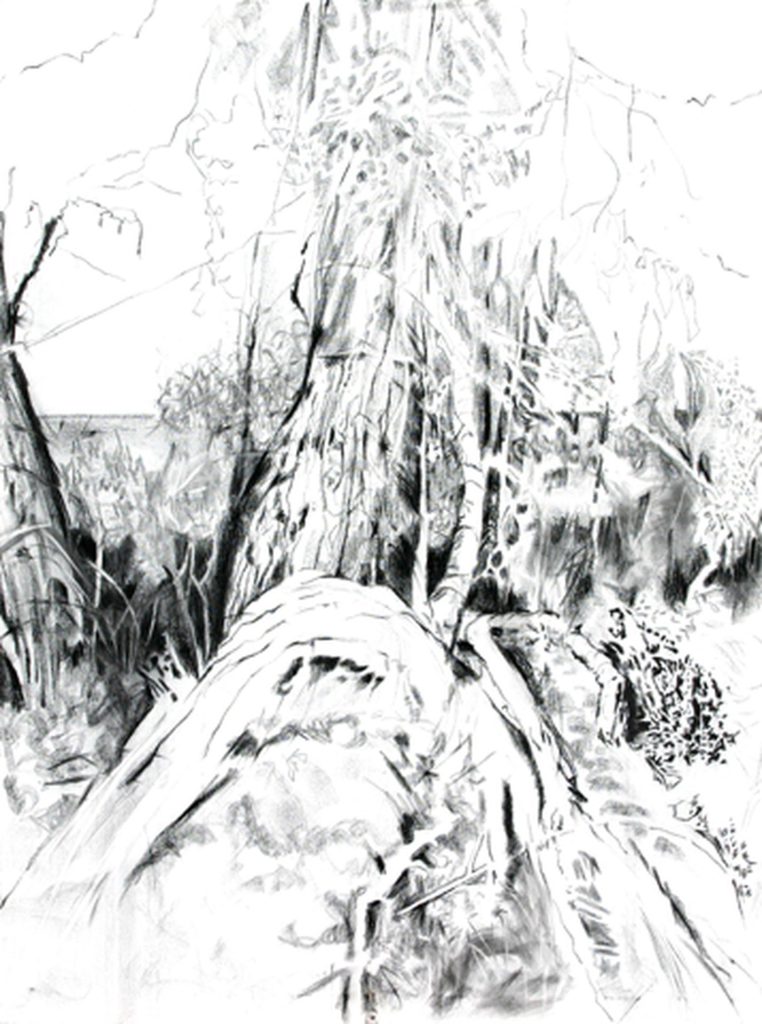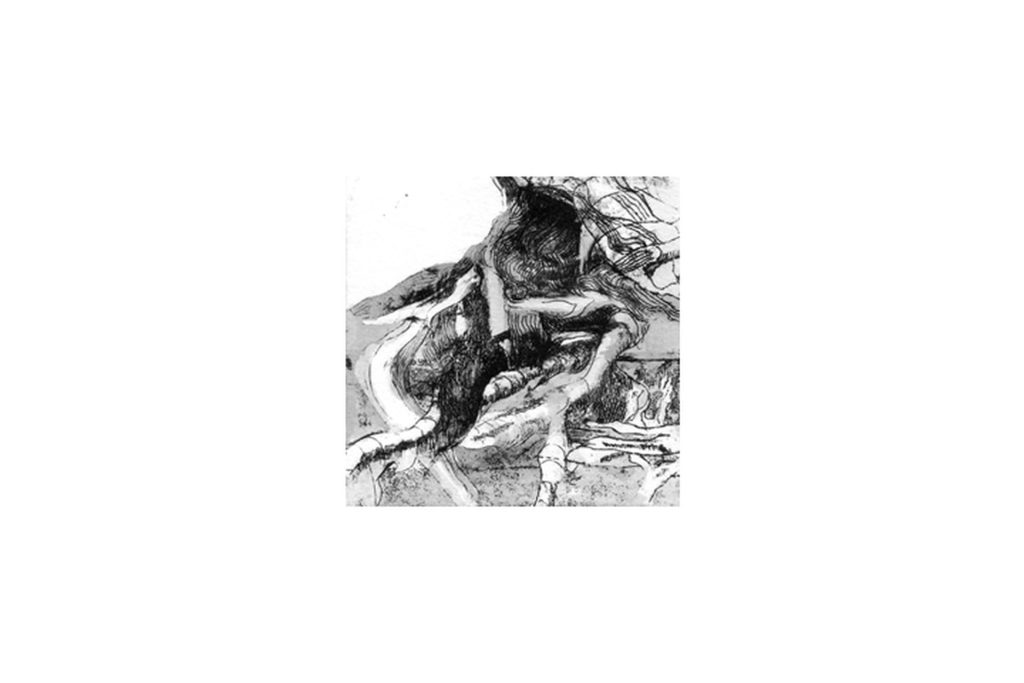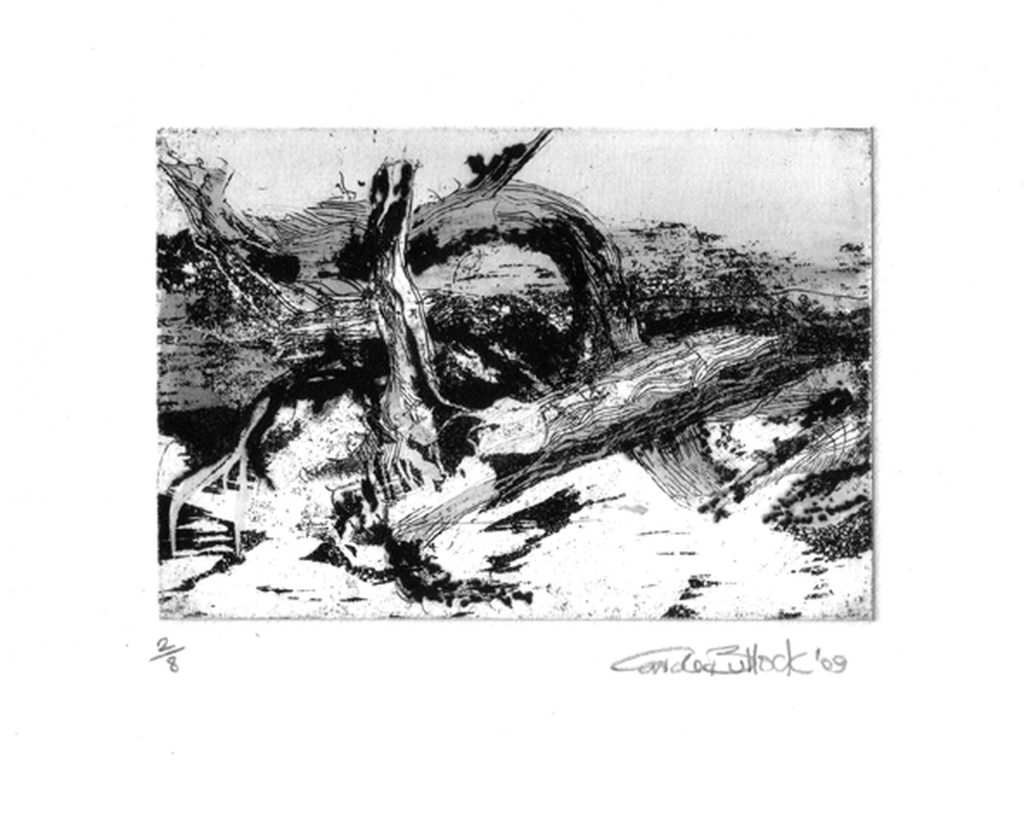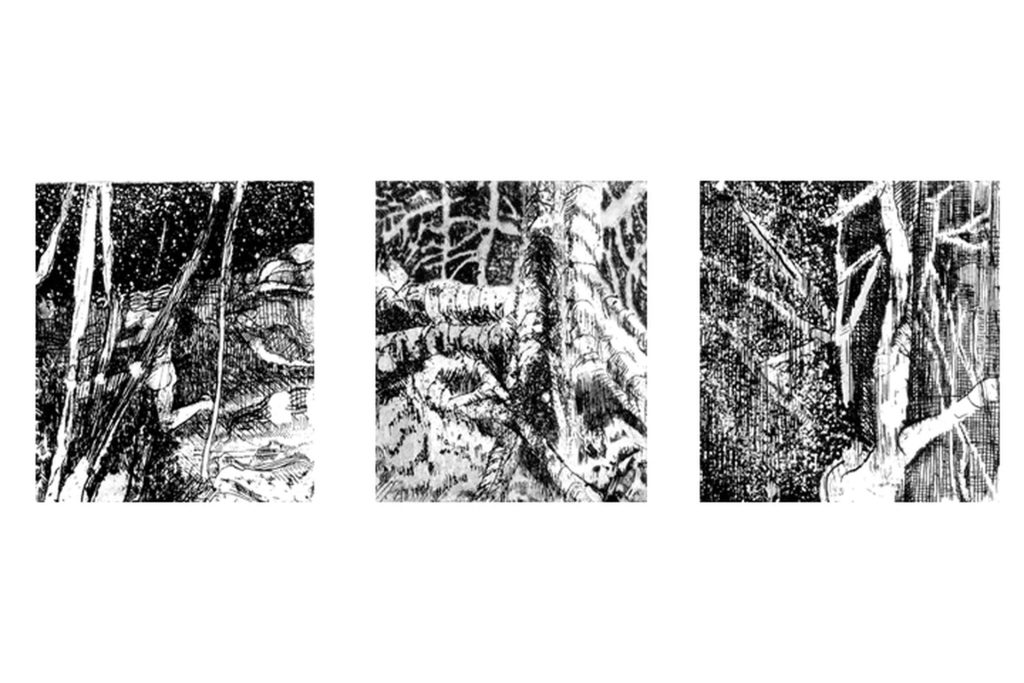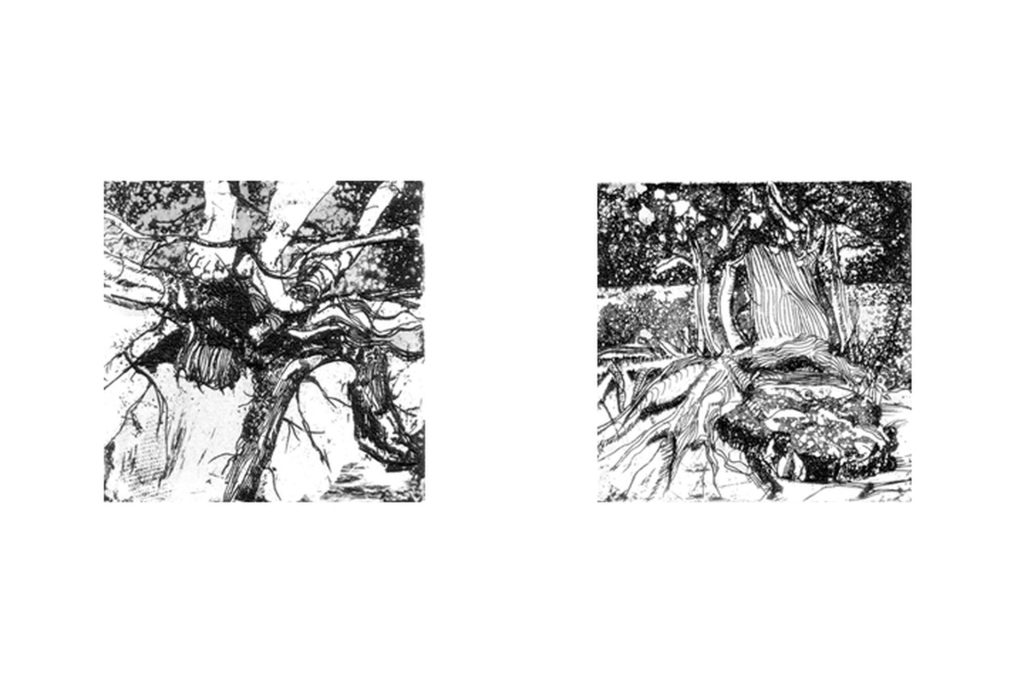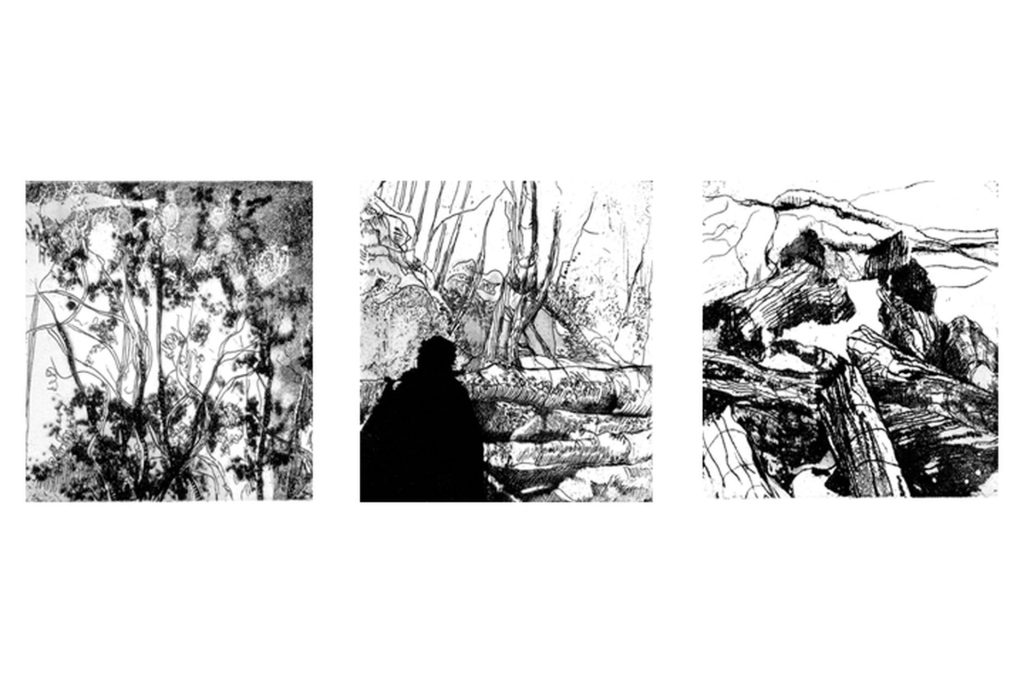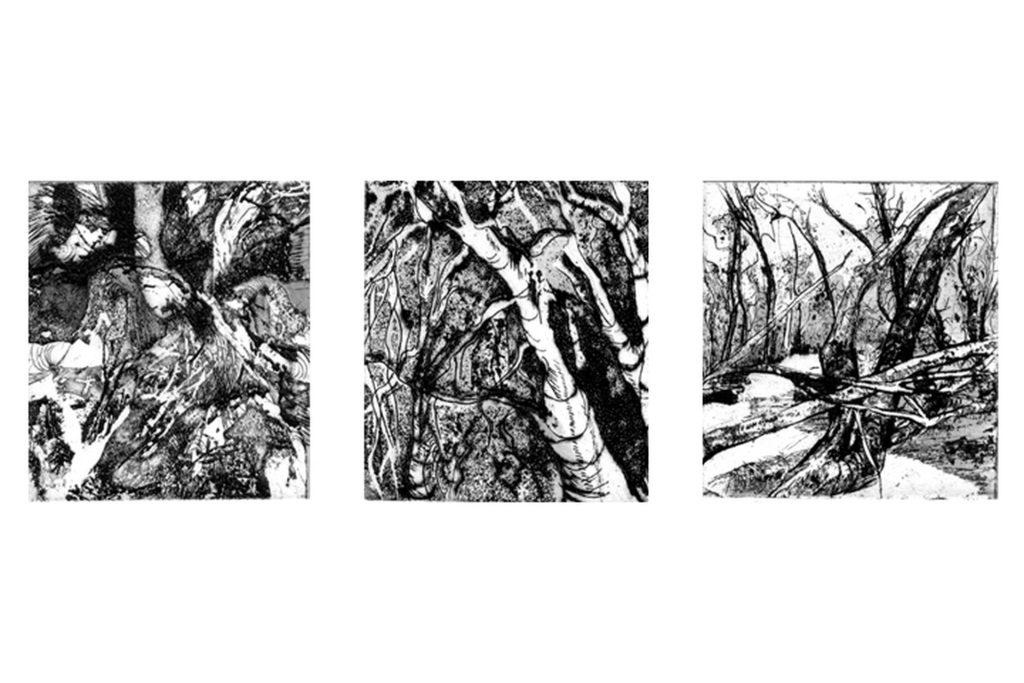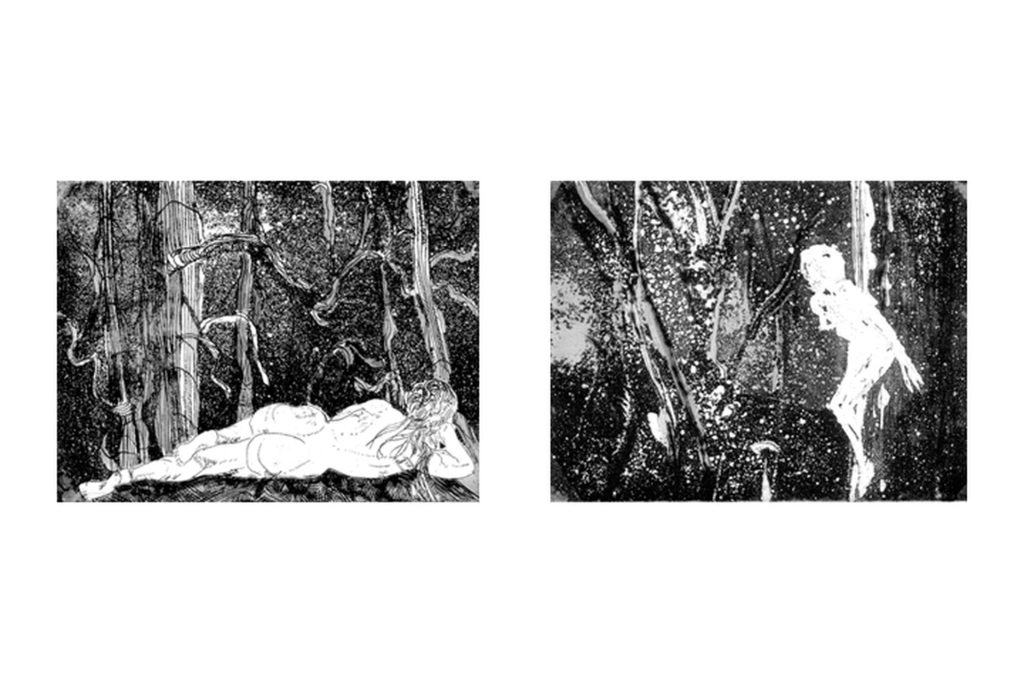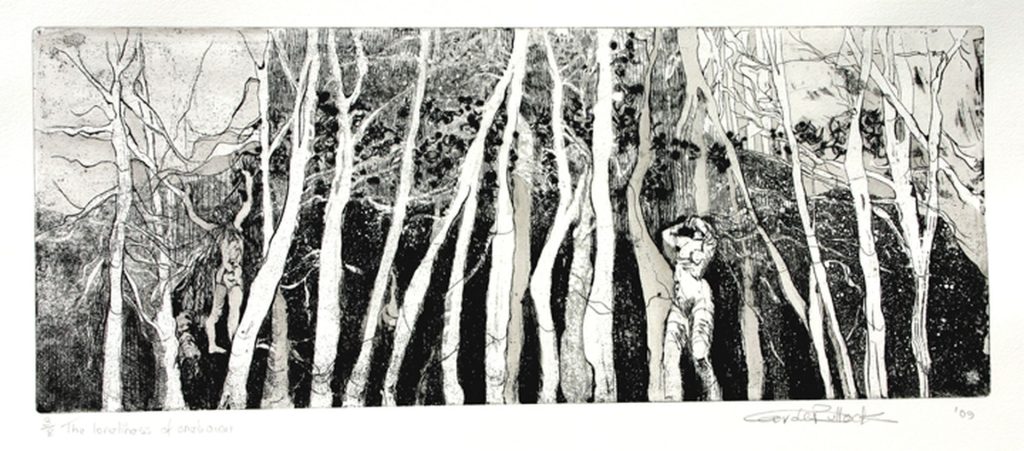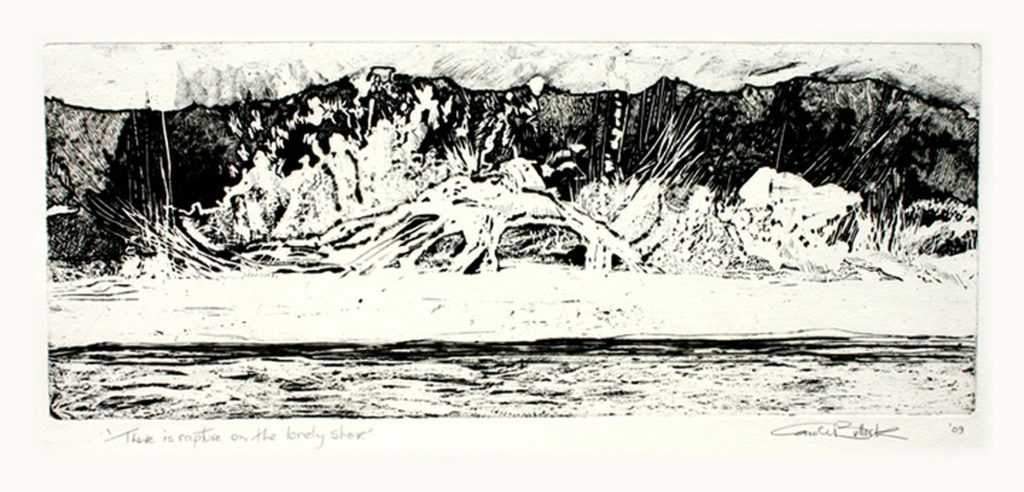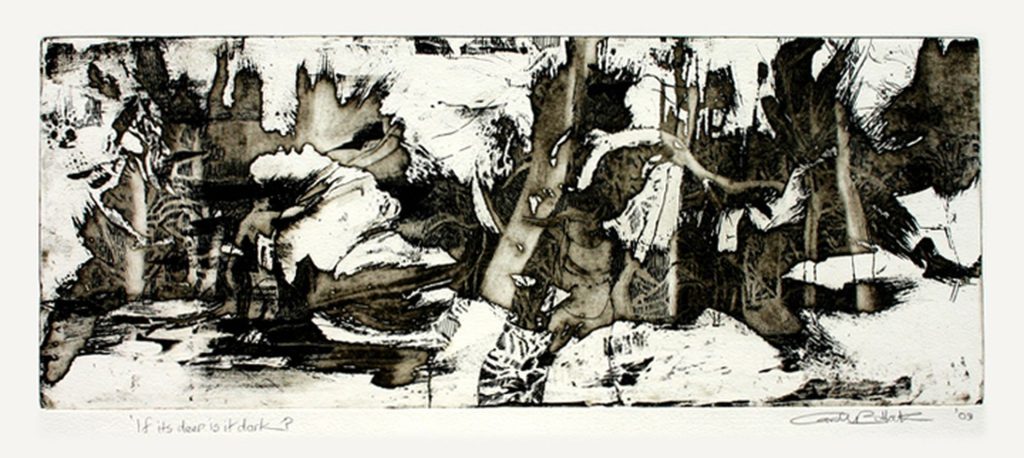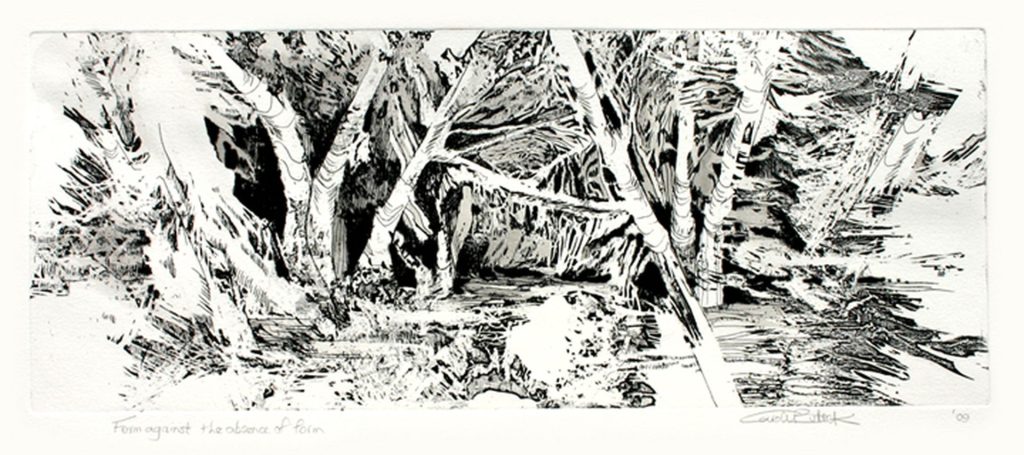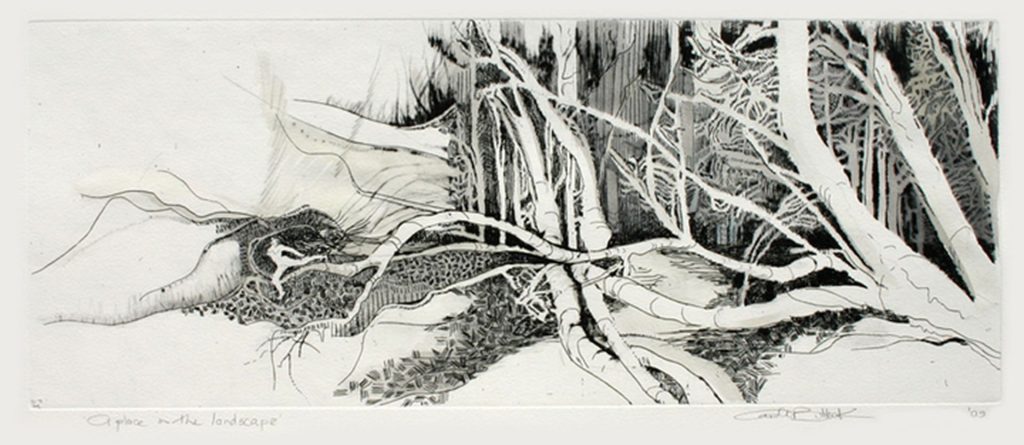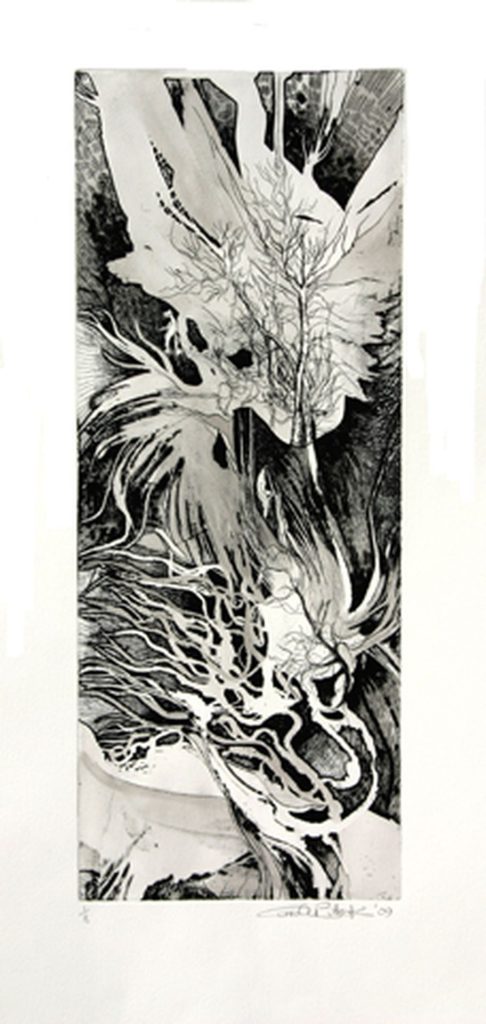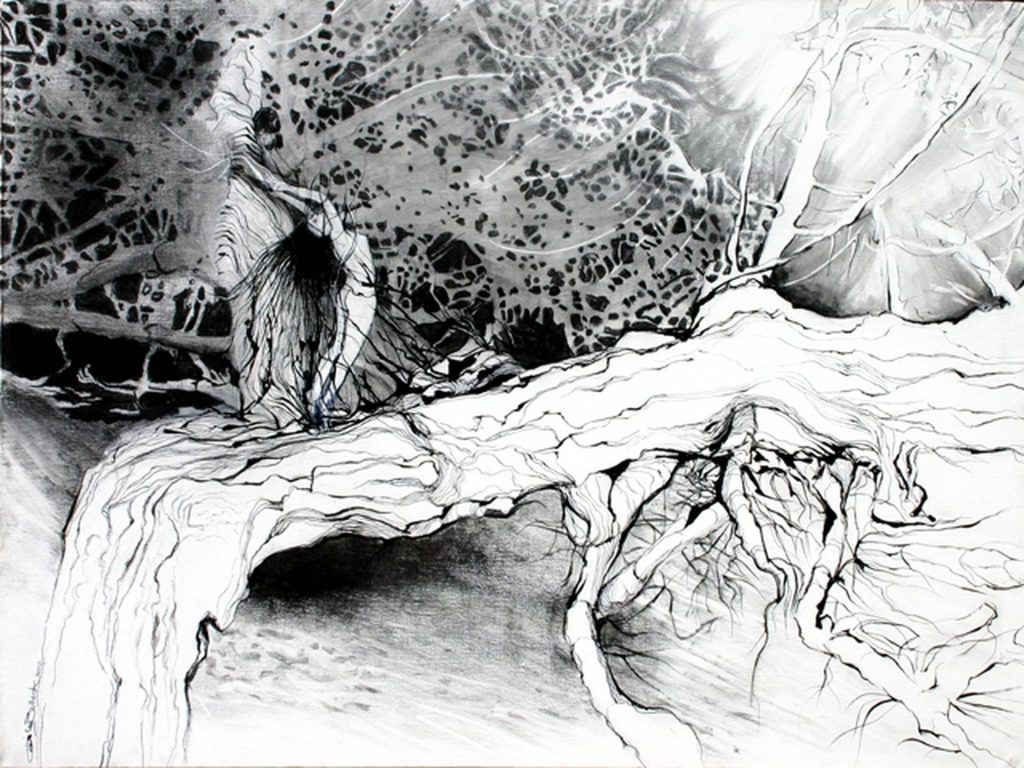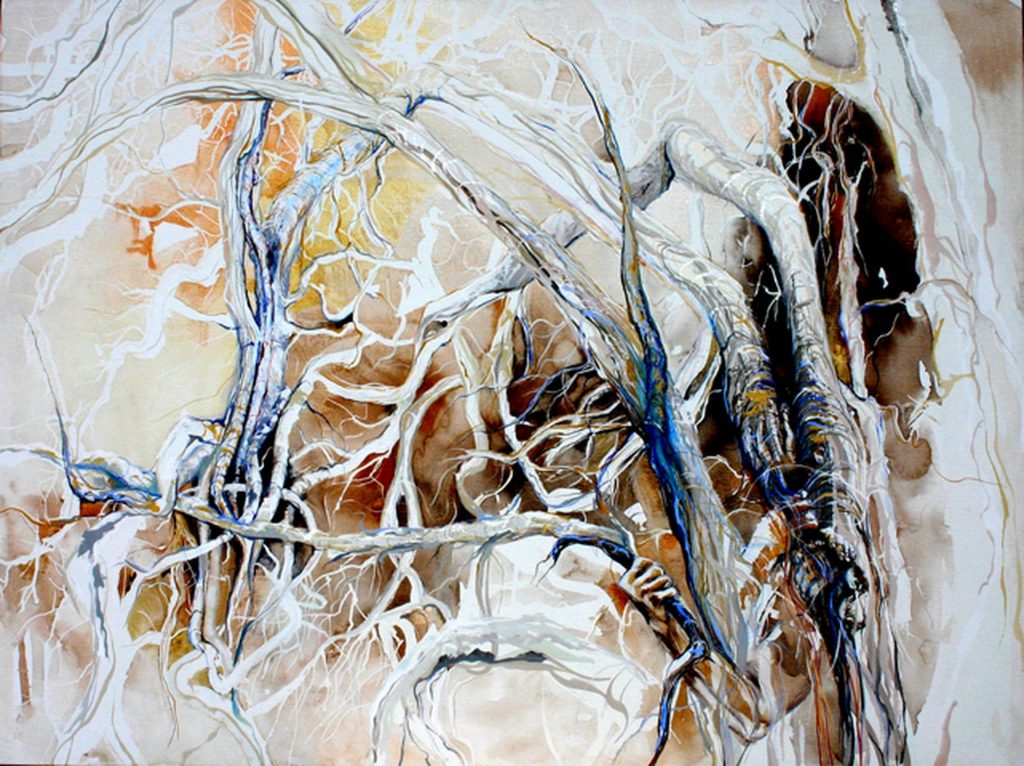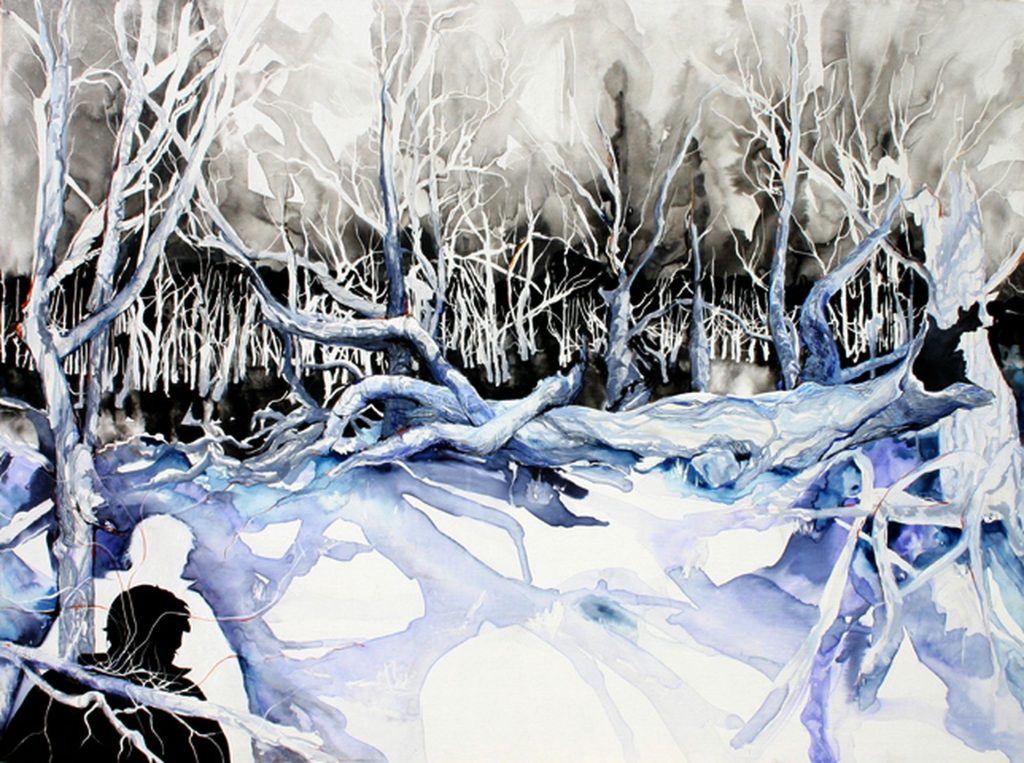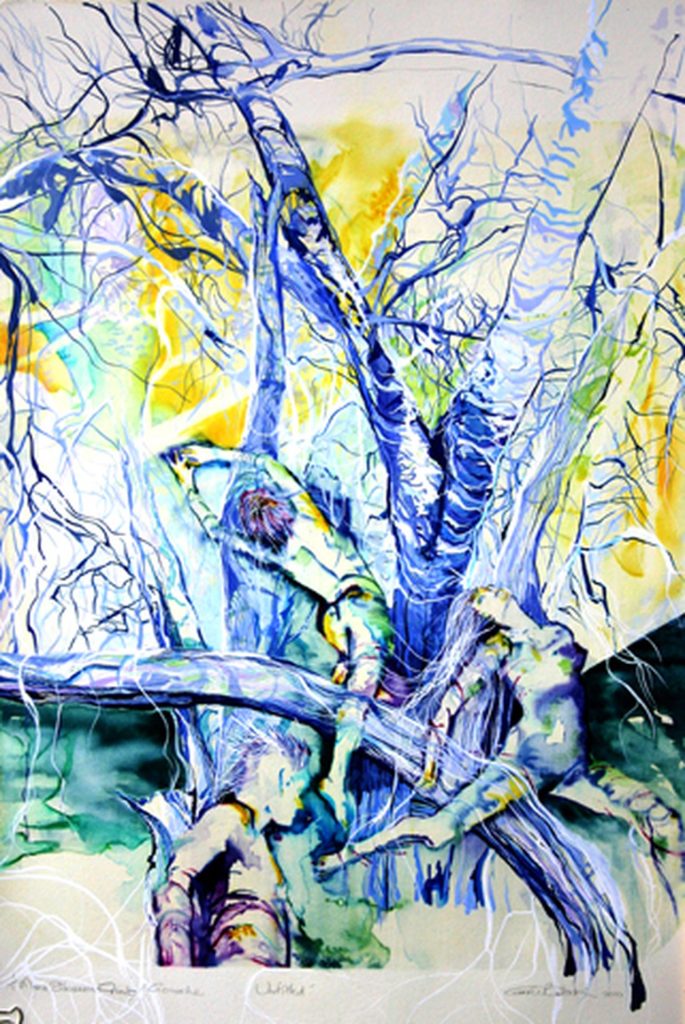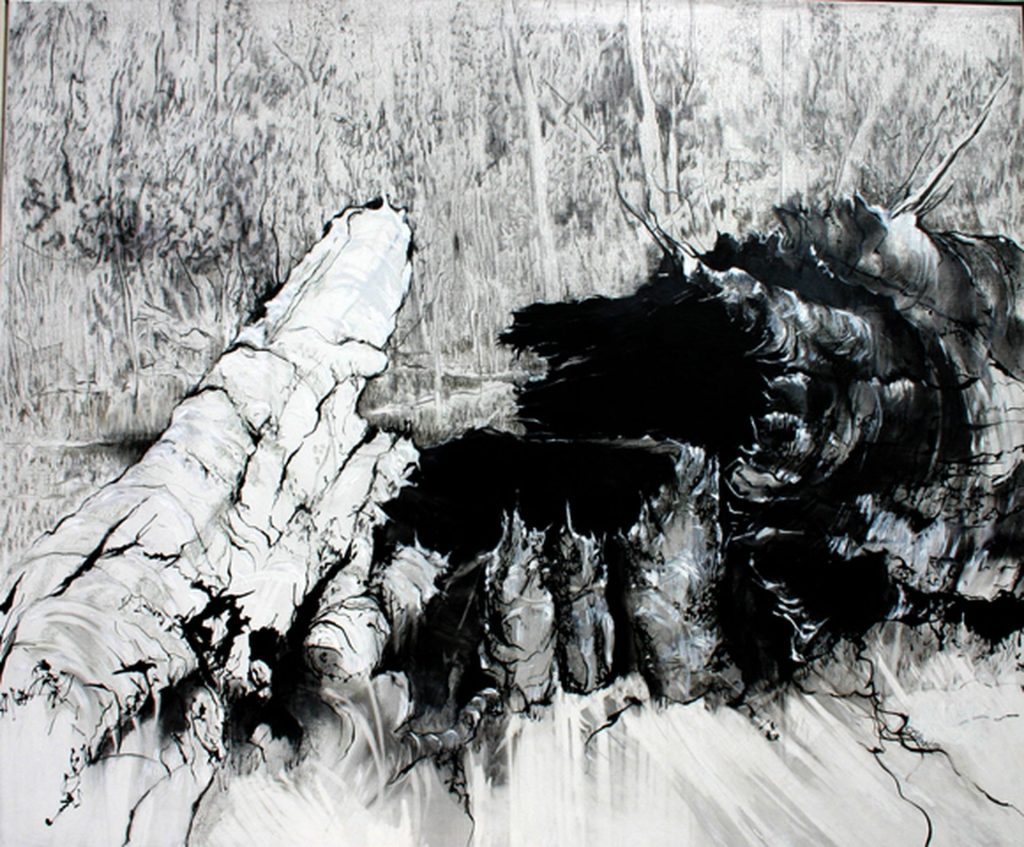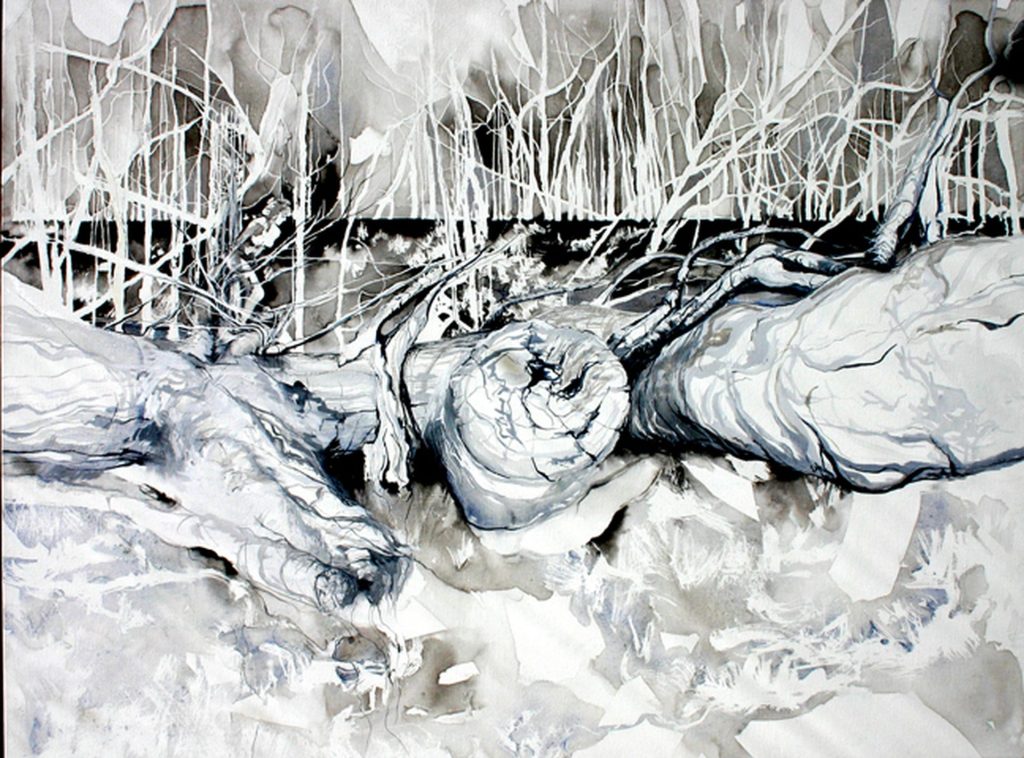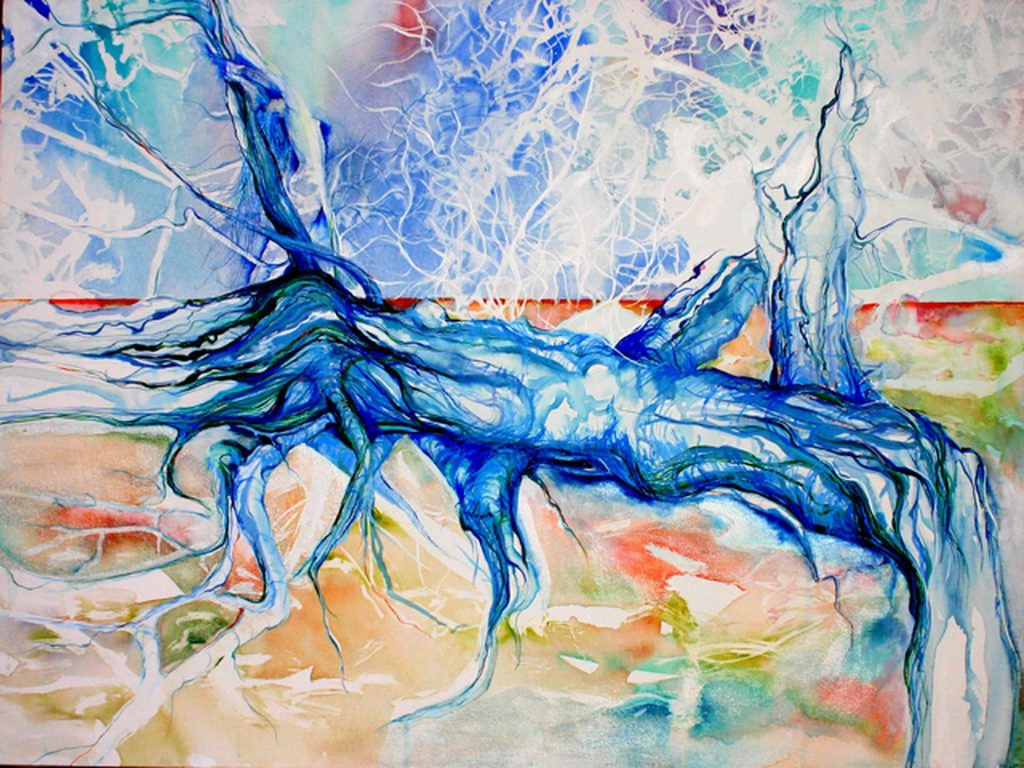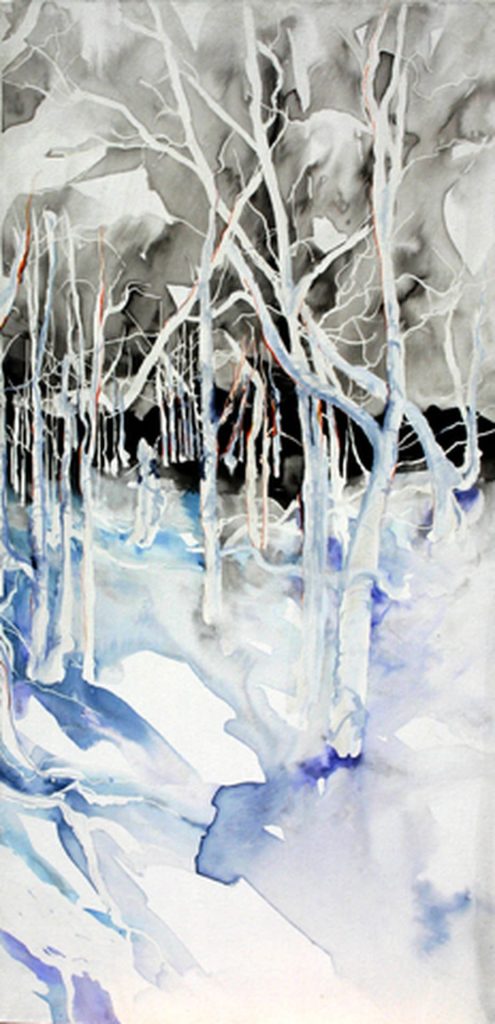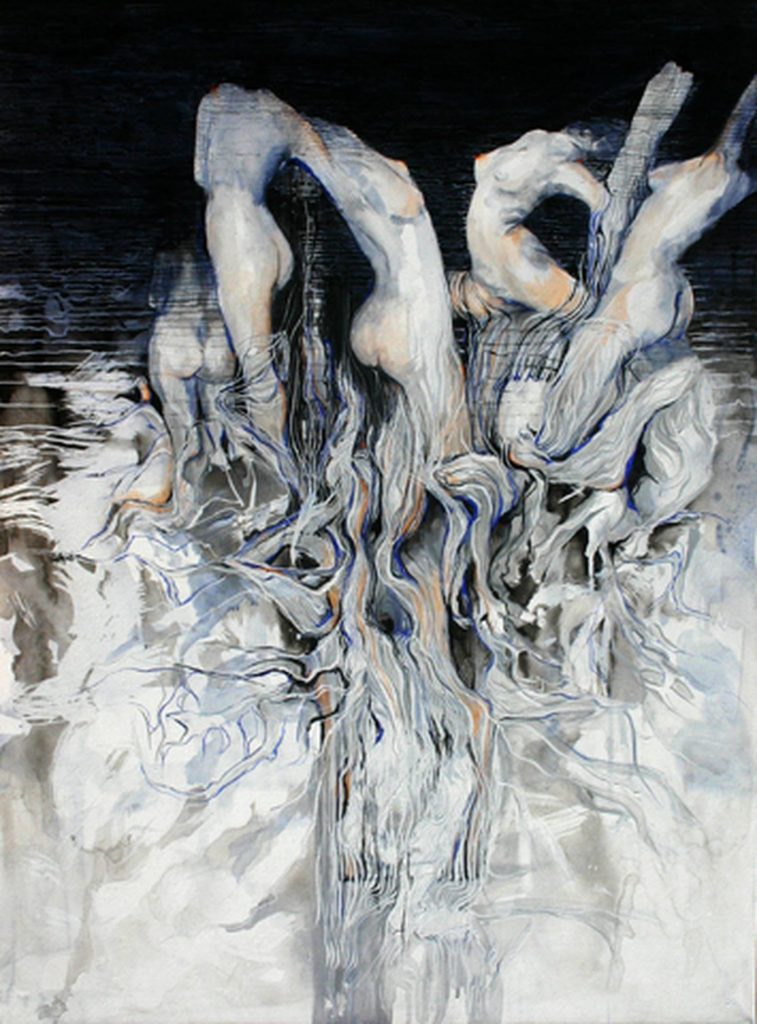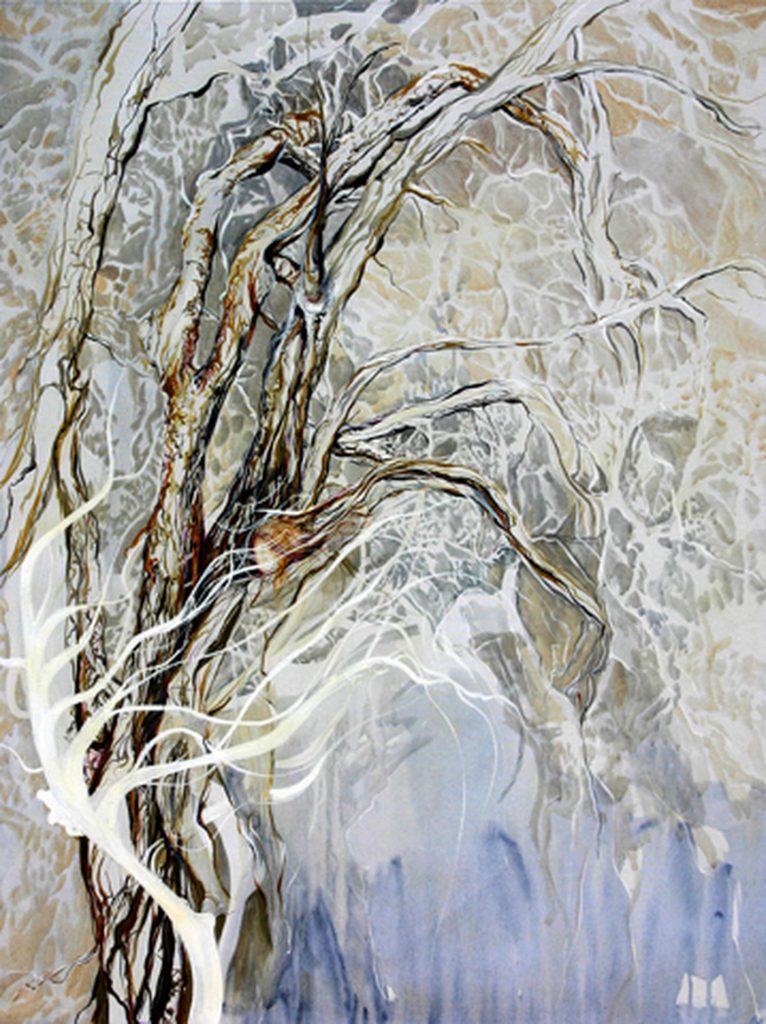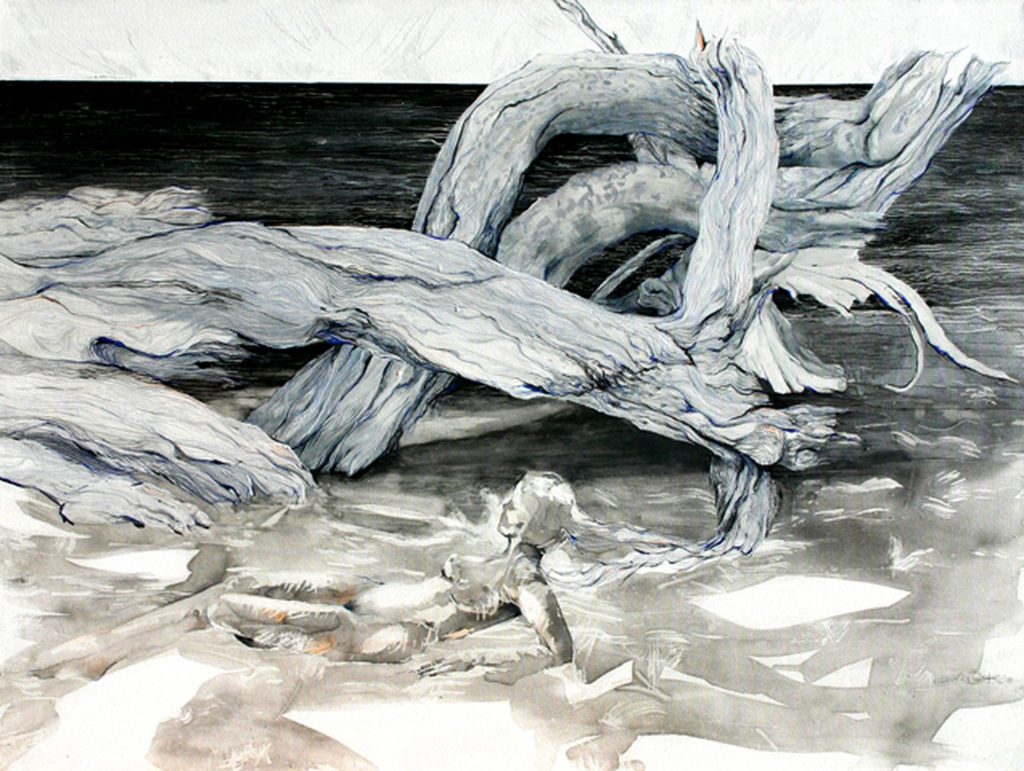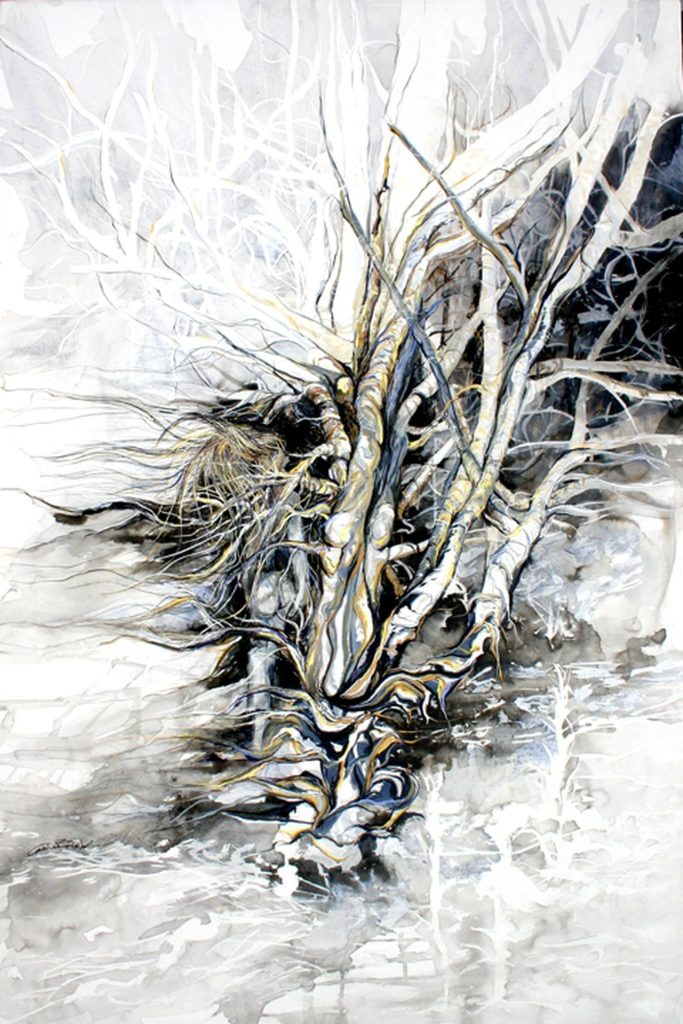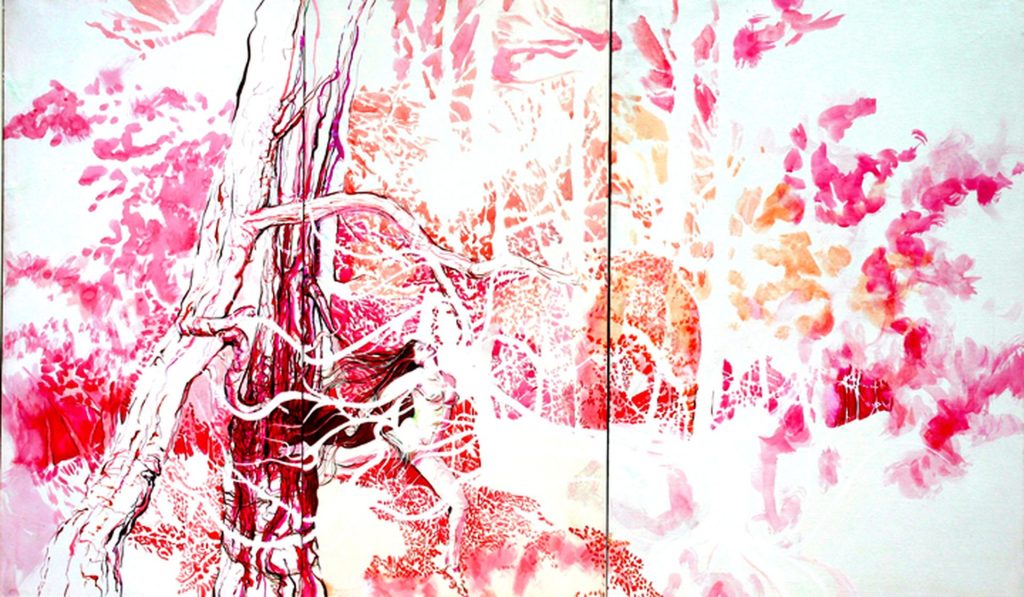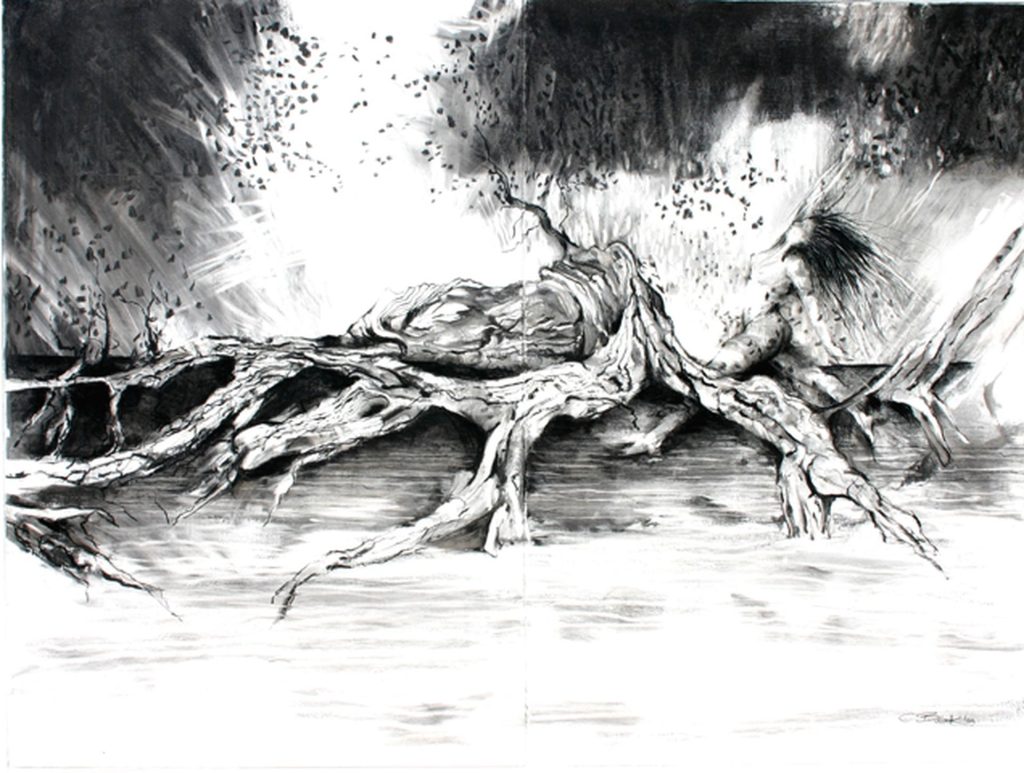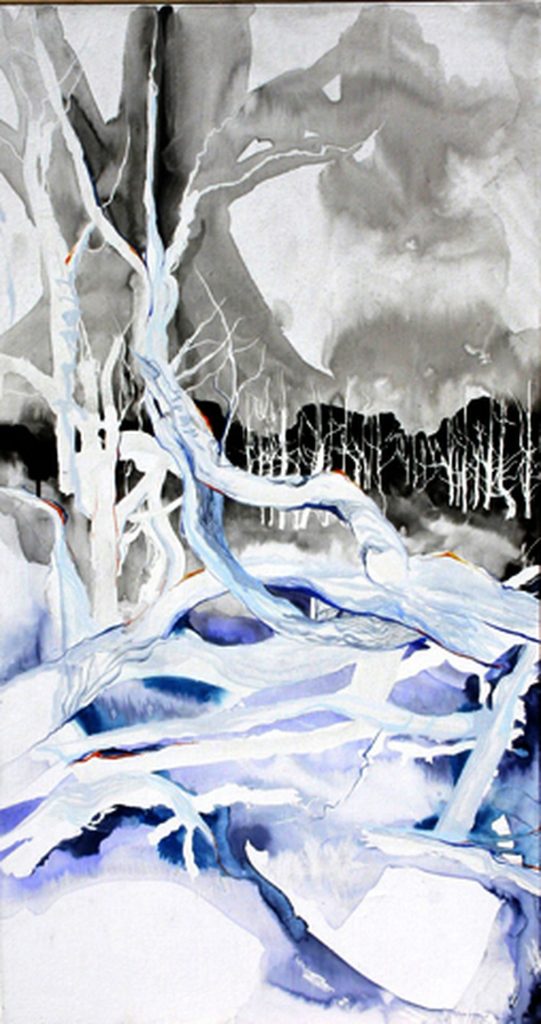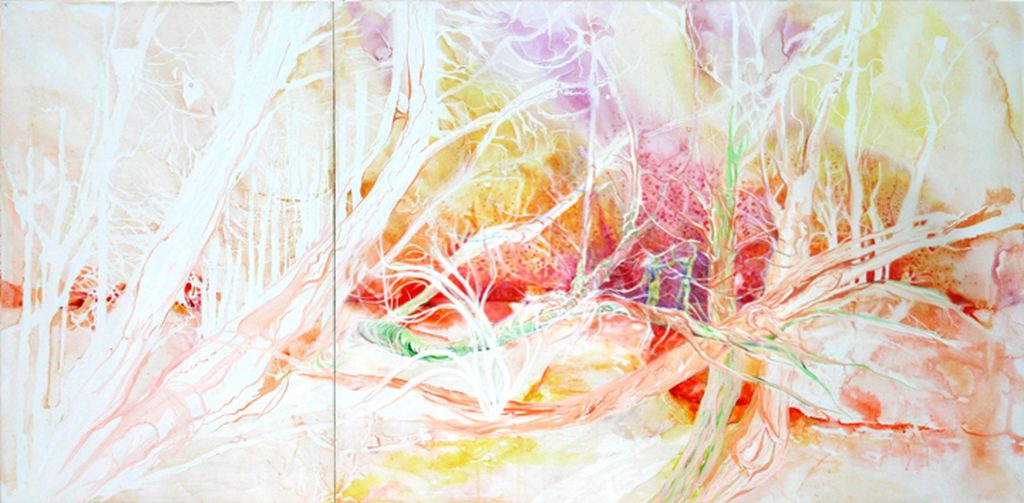A Place in the Landscape
Counihan Gallery
“In some mysterious way woods have never seemed to me to be static things. In physical terms, I move through them; yet in metaphysical ones, they seem to move through me.”
The Tree by John Fowles, ISBN 9780099282839, Published by Vintage
Carole Bullock’s exhibition A Place in the Landscape presents a suite of paintings, etchings and drawings. For Bullock, the exhibition marks a return to an intensive period of practise and a rekindling of inquiry into place and our changing relationship to it. Her work draws on the tradition of landscape painting in western art by evoking the power of the Australian wilderness.
The wilderness has profound conceptual significance to human society and culture. It is a haven for the unknown and a reminder of a pre-human world. The wilderness is a place of great beauty, solitude, silence and mystery. From a Western perspective it is a large and unknowable place. The ‘outback’ or ‘bush’, both Australian names for wilderness, suggest this vast unknowability. While people may wish to understand the wilderness, venturing there presents mystery and dangers. Within this context a person who understands it, survives in it, and somehow controls it becomes a hero. From Mad Max to The Man From Snowy River, there are many such figures that provide a human link to our understanding of the wilderness.
A Place in the Landscape does not depict heroes, but it is about the struggle to know, survive and perhaps even to control the wilderness. The works feature ghostly figures that are often only barely visible and wild sinuous branches that threaten to entangle everything in their path. Bodies are revealed paradoxically as both within and outside of these untamed or desolate environments. This opposition is portrayed in the play between light and dark, a visual battle between opposing forces, and a search for tonal balance complicated by lines and marks that sweep and drop with intensity. And the forces are in flux. In the painting A place in the landscape #1, the human figure is overwhelmed by its surroundings; whereas, Untitled #14 depicts a large fore grounded figure reclining at ease within her environs.
Whether a positive or negative force, the artist’s work shows us how our existence is physically tied to the natural world around us. Representing the relationship of nature and humankind, and casting form against the absence of form, Bullock’s works ask a highly focused and provocative question: How do we exist with the world?
Warwick Burton
